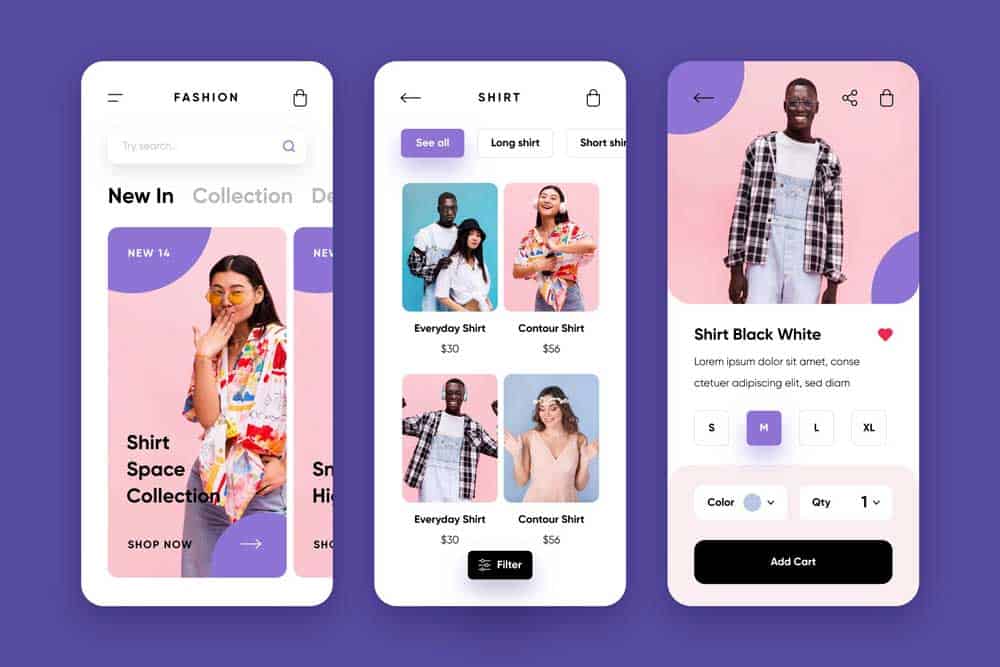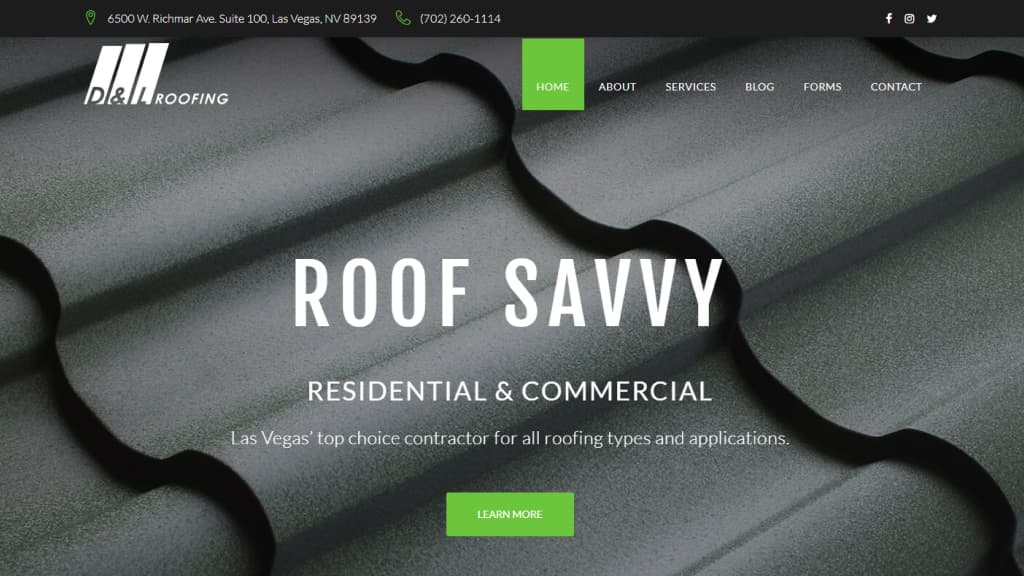Web design extends far beyond simply creating a site that looks good on a desktop monitor. With most users accessing the web through their smartphones, a website’s success relies on its mobile-friendliness. Here’s why mobile-friendly web design is not just a bonus but a need for a website’s success.

Prioritizing Responsiveness
Responsiveness means that a website’s layout and content can adapt seamlessly to various screen sizes and resolutions. A responsive design ensures that no matter the device, users get a cohesive and fully functional experience without unnecessary scrolling, zooming, or text resizing. In home services website design, prioritizing mobile-friendliness and responsiveness is crucial, as it ensures that potential customers can easily access and navigate the site on their smartphones, leading to improved user experience and higher conversion rates for service providers.
Speed Optimization for Mobile Users
Mobile users often rely on mobile data, which can be slower than a wired connection. Enhancing loading times with optimized images and minimally required code ensures users aren’t kept waiting, a factor that can directly affect bounce rates and overall user retention.
Enhancing User Experience (UX) for Mobile
The user experience on mobile devices must be a focal point for any designer. Striking a balance between comprehensive content and an uncluttered layout is the key to keeping the interface user-friendly.
Navigation That Works on Touchscreens
Menus and buttons need to be easily tappable, with enough space to avoid accidental clicks. Simplified navigation menus that are collapsible can make finding information straightforward and accessible.
Readable Content Without Zooming
Text readability is paramount for mobile websites. The font size should be legible on small screens, and content layout should facilitate easy reading without the need for zooming.
Adapting to Changing Search Engine Demands
Search engines, like Google, have already acknowledged the importance of mobile-friendliness as a ranking factor. The algorithm updates prioritize mobile-optimized sites, which means mobile-friendly web design is essential for search engine optimization (SEO) success.
Emphasizing Local SEO
Many mobile searches are location-based, making local SEO an essential consideration for mobile-friendly designs. Ensuring that a website is optimized for local search queries can help capture customers who are on the move and in need of nearby services.
Garnering Trust and Credibility
Websites that are not mobile-friendly can seem out-of-date or insecure, which may lead users to question their credibility. A robust mobile design conveys to users that a brand is forward-thinking and values user experience.
Meeting Legal Compliance and Accessibility
Accessible design is a legal requirement in many regions, and mobile websites are no exception. A mobile-friendly site should also be accessible to people with disabilities, ensuring inclusivity and extending reach across all demographics.
Using Advanced Mobile Features
Lastly, mobile devices offer features like cameras, GPS, and touchscreens that can be applied into the web experience for enhanced interactivity and service provision. Websites not tapping into these features miss out on innovative ways to engage users.
